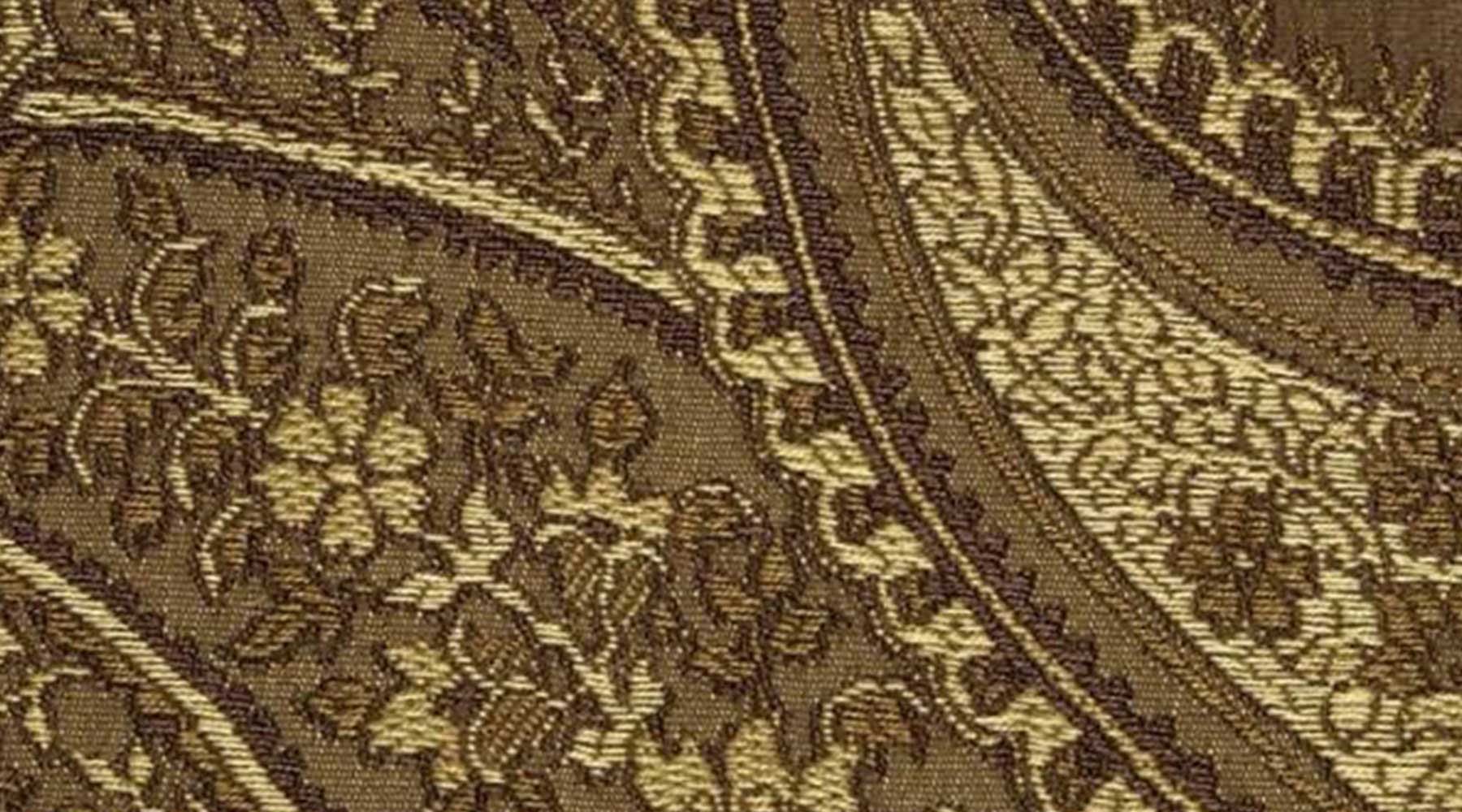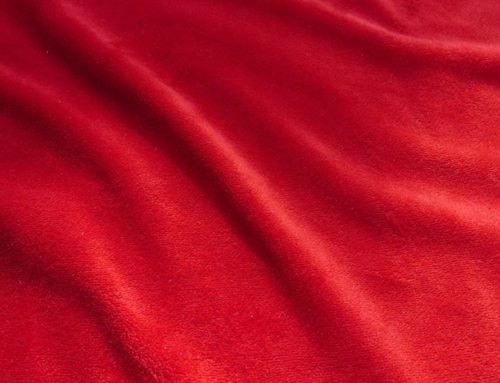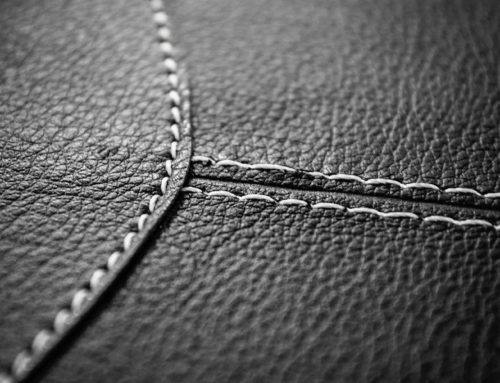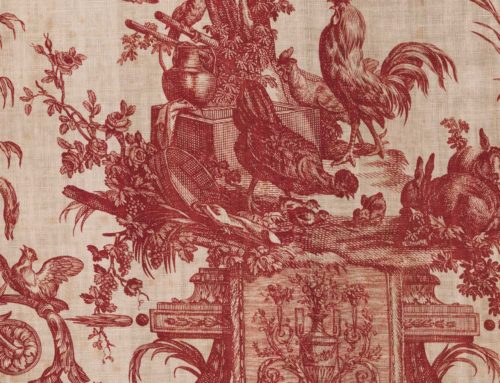We continue our series of blogposts covering the development of fabrics for use in upholstery, the use of different fibres, and the development of different weaves and designs. Blogpost 5 in the series continues the differing types of weaves that are used in upholstery fabrics, with us covering the dobby and jacquard weaves below:
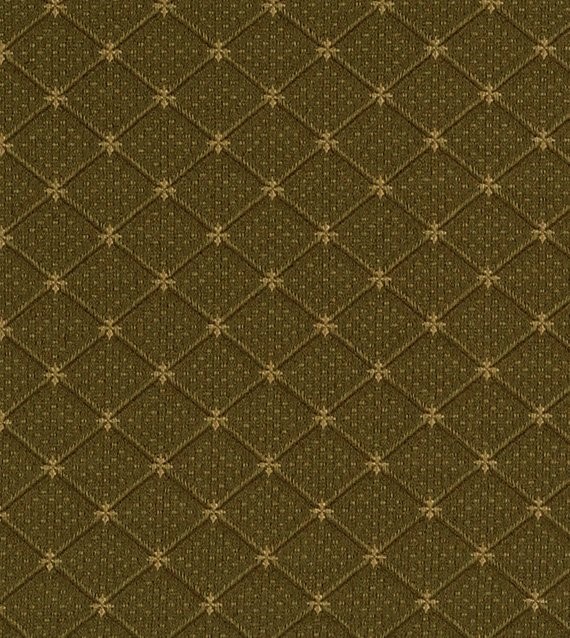 Dobby:
Dobby:
This is a patterned plain weave with small designs/geometric patterns. Dobby weave requires a special piece of equipment that attaches to the loom. This device is called a ‘Dobby’ and allows for the production of small geometric prints to actually be woven into the fabric.
This technique is done by the manipulation of the warp yarns in the fabric. This weave is similar to jacquard (below), as this uses an attachment for the loom to create these designs. The designs created on a Dobby loom are however much less complex than a Jacquard pattern though, as they are limited to more basic designs that stretch over only 40 threads.
Fabrics produced on a Dobby loom usually use two or more different colours of yarns to make the patterns and designs noticeable, it provides an alternative to printing fabric after it has been woven. Many different patterns can be created on a Dobby Loom but it can be very time-consuming. The design is usually repeated frequently and an all-over patterned fabric is produced.
Dobby Weave can use many different fibres such as Cotton, Nylon or Silk. A lot of Dobby fabrics use a combination of these to achieve different properties depending on the requirements of the fabric.
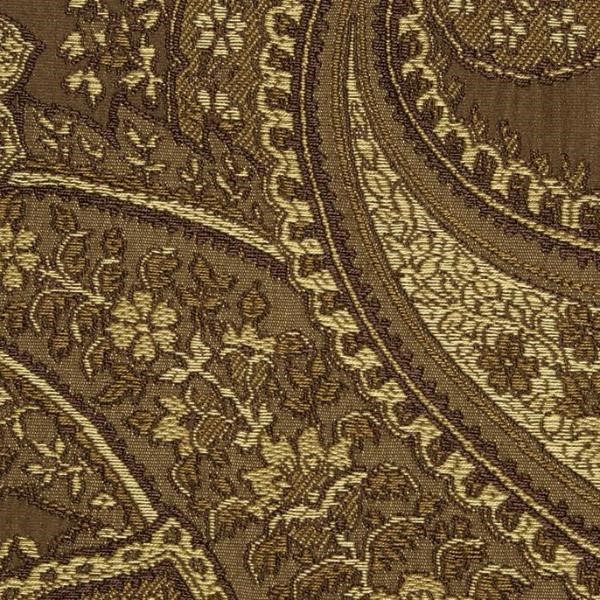 Jacquard:
Jacquard:
This is a beautiful weave with intricate and colourful designs woven into the fabric. This weave is produced on a specialist Jacquard loom, which was invented in France in 1801 and operated like an early computer with holed punch cards. This device enables the individual selection and lifting of any of the warp threads, allowing a wide variety of complex patterns and designs to be produced. Today, jacquard weaves are produced on Dobby looms (see above) with a ‘Jacquard head’.
Woven Jacquard fabrics are typically multicoloured (although are occasionally produced using a single colour), and figured with intricate and textural designs. The fabric produced is strong and has a luxurious look and feel. Often the back side of a jacquard is the mirror image of the pattern on the front. Brocade, Brocatelle, Damask and Tapestry style fabrics are made using a Jacquard weave.


